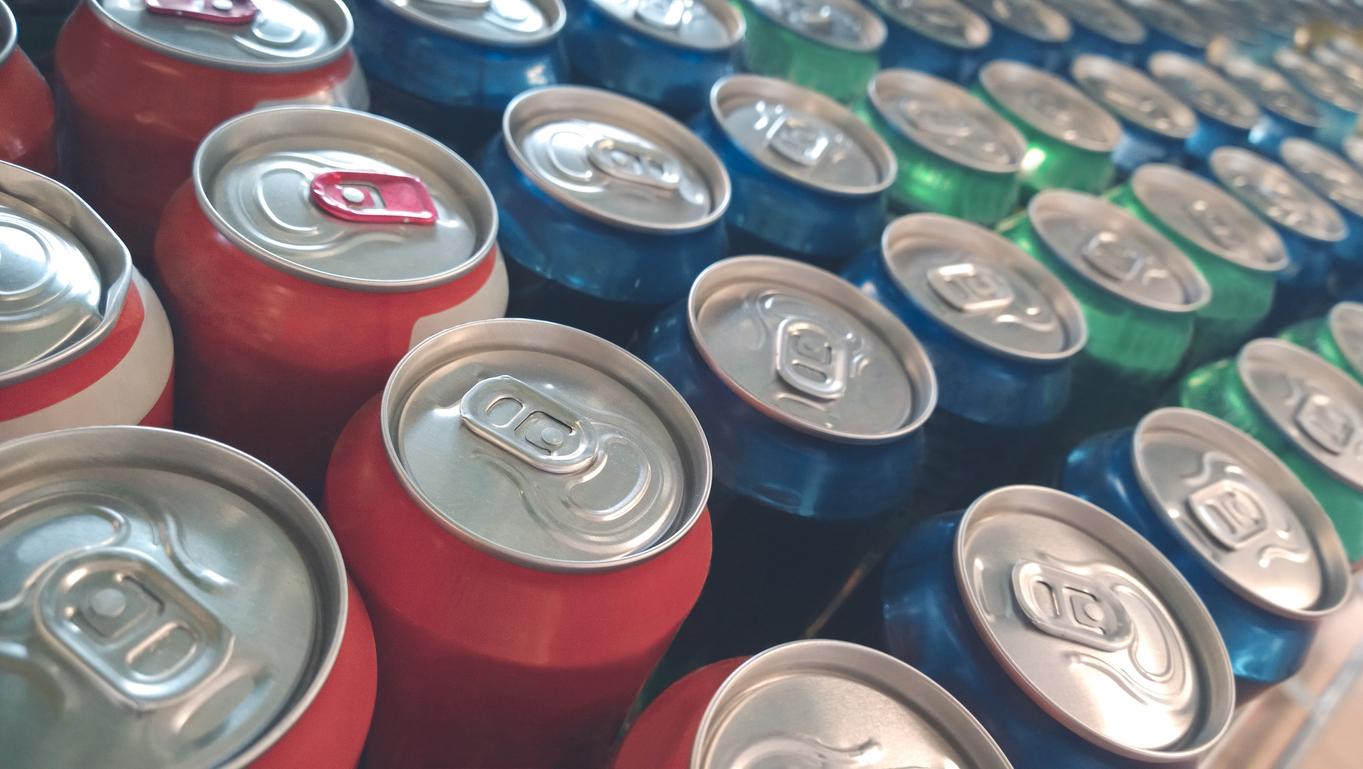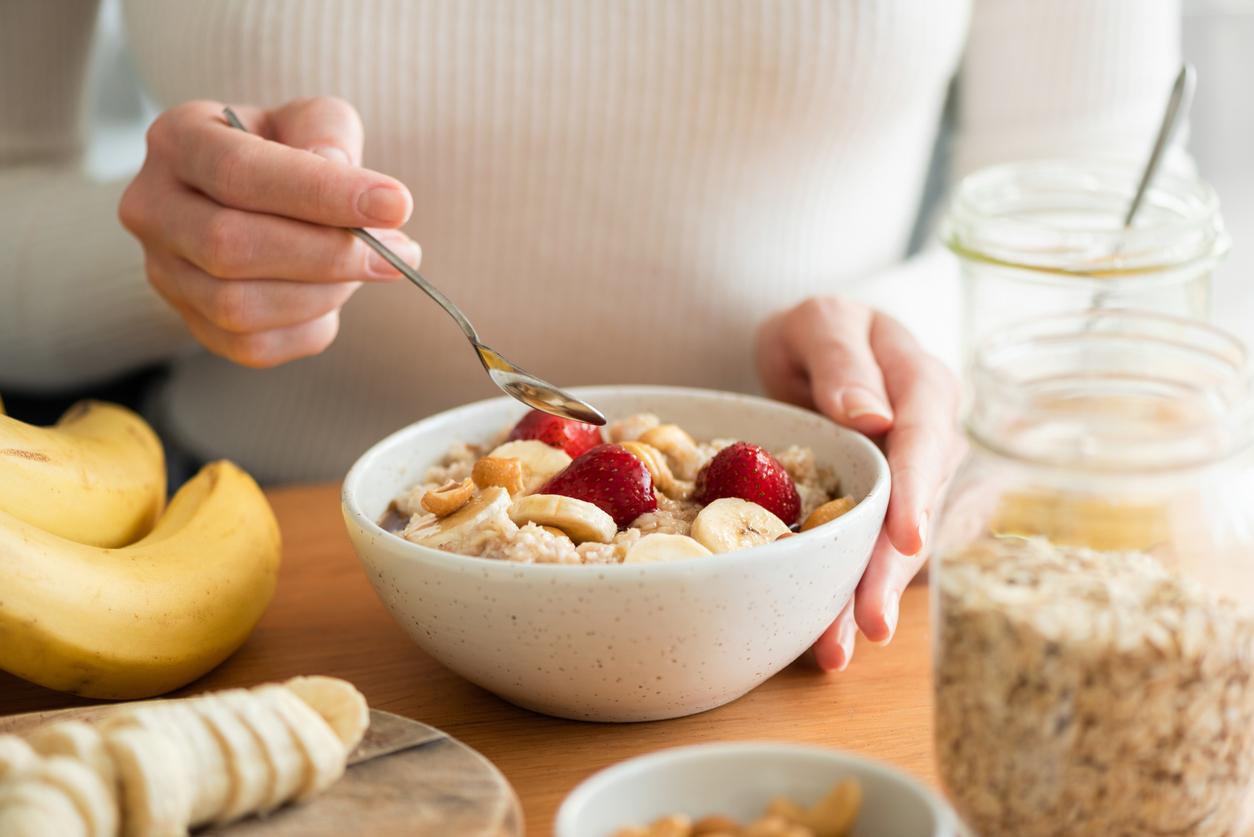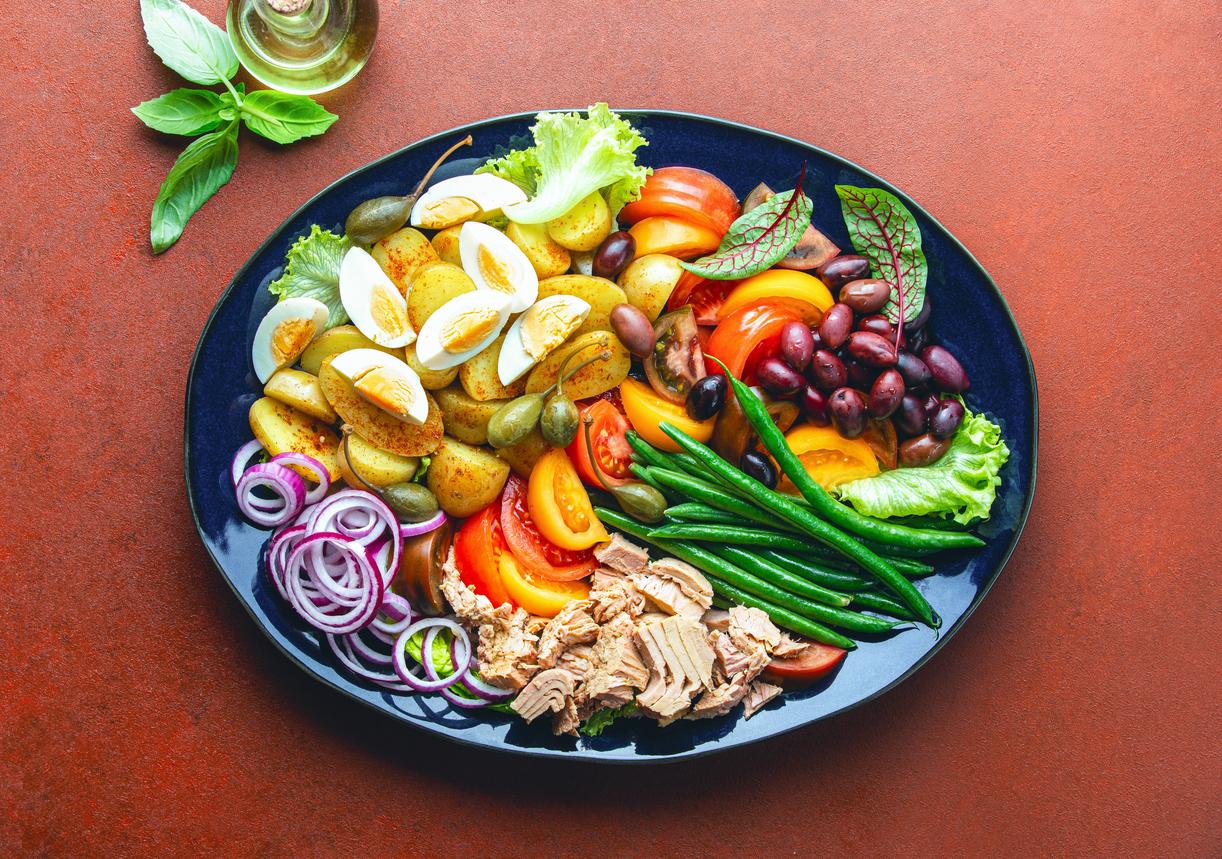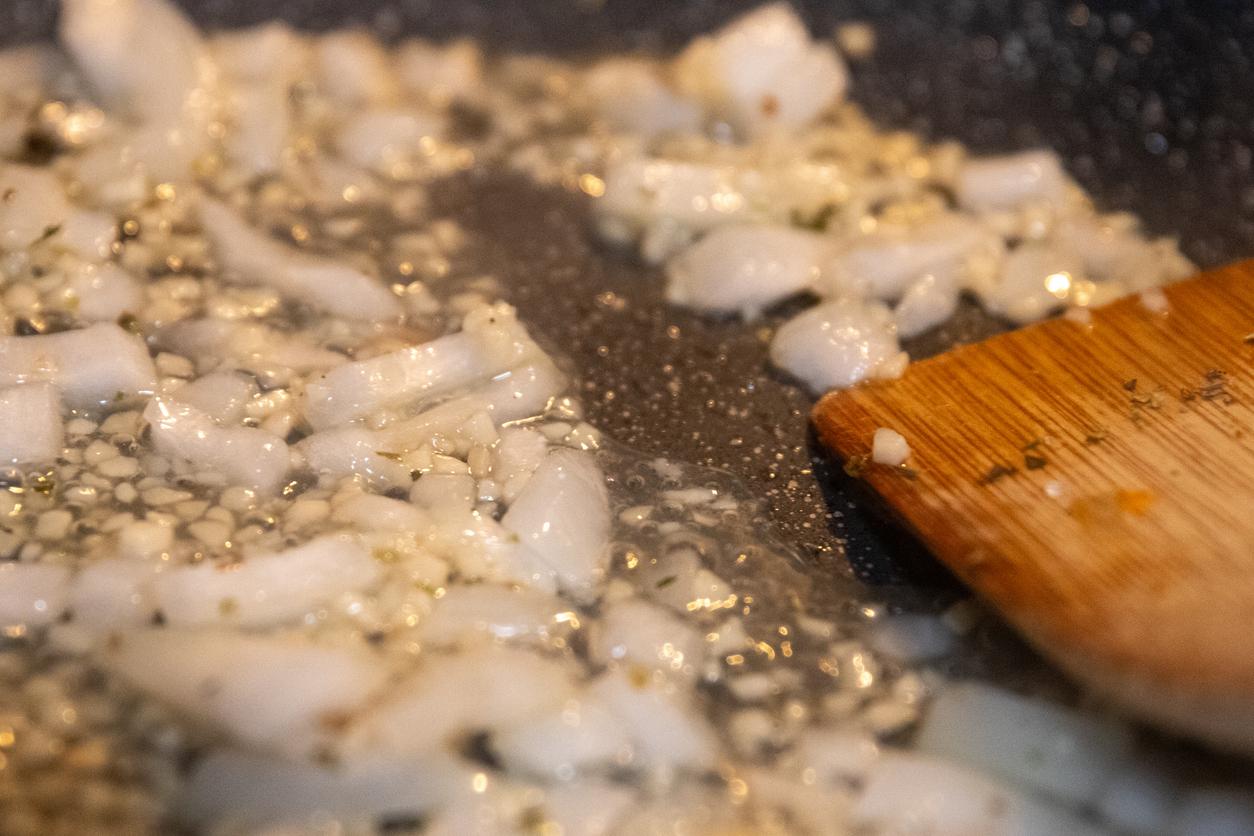A diet high in fish fats, and low in vegetable fats and oils, reduces the number and intensity of attacks in patients with chronic migraines.

- A diet low in vegetable oil and higher in fatty fish produced between 30 and 40% reduction in the total number of headache hours per day.
- This diet reduces the number of pain-related lipids.
There is currently no fully effective treatment for chronic migraines, although 42% of patients who suffer from them believe that it ruins their lives. Many researchers are working on the discovery of treatments and ensure that sport can reduce the risk, just like electrostimulation. In a new study, published on 1er July in the BMJAmerican researchers suggest that following a diet high in fish fats and low in vegetable fats and oils is another way to reduce the number and intensity of migraines.
Act on the trigeminal nerve
The researchers built on the results of previous studies. These have shown that a diet low in linoleic acid, which is an omega-6 polyunsaturated fatty acid found in particular in vegetable oils, and rich in omega-3 fatty acids, present in fatty fish, reduces tissue inflammation and migraine-related pain-processing pathways in the trigeminal nerve, the largest and most complex of the body’s 12 cranial nerves.
Three different diets compared
In this new research, scientists looked at 182 adults with frequent migraines. Participants followed a 16-week dietary regimen and received meal kits that included fish, vegetables, hummus, salads and breakfast items. One group received meals containing high levels of fatty fish or fatty fish oils and reduced linoleic acid content. A second group received meals containing higher levels of oily fish and linoleic acid. The third group received meals with a high linoleic acid content and lower levels of fatty fish.
Over the course of the study, volunteers reported on their number of migraine days, duration and intensity, as well as how their headaches affected their ability to function on a daily basis and how often they needed to take painkillers. . At the start of the study, participants suffered an average of more than 16 headache days per month, more than five hours of migraines per day, and had baseline scores showing a severe impact on quality of life despite the use of multiple headache medications.
A reduction in the frequency of headaches
The results revealed that the diet low in vegetable oil and higher in fatty fish produced between 30 and 40% reduction in total headache hours per day, severe headache hours per day and days of overall headache per month compared to the control group. Blood samples from this group of participants also showed lower levels of pain-related lipids. Despite the reduction in headache frequency and pain, these participants reported only minor improvements in overall migraine-related quality of life compared to the other groups in the study.
“This research found intriguing evidence that dietary changes have the potential to improve chronic pain like migraine.”, rejoiced Luigi Ferrucci, lead author of the study. “This is further evidence that the foods we eat can influence pain pathways”, abounds Chris Ramsden, who participated in the study.

.















